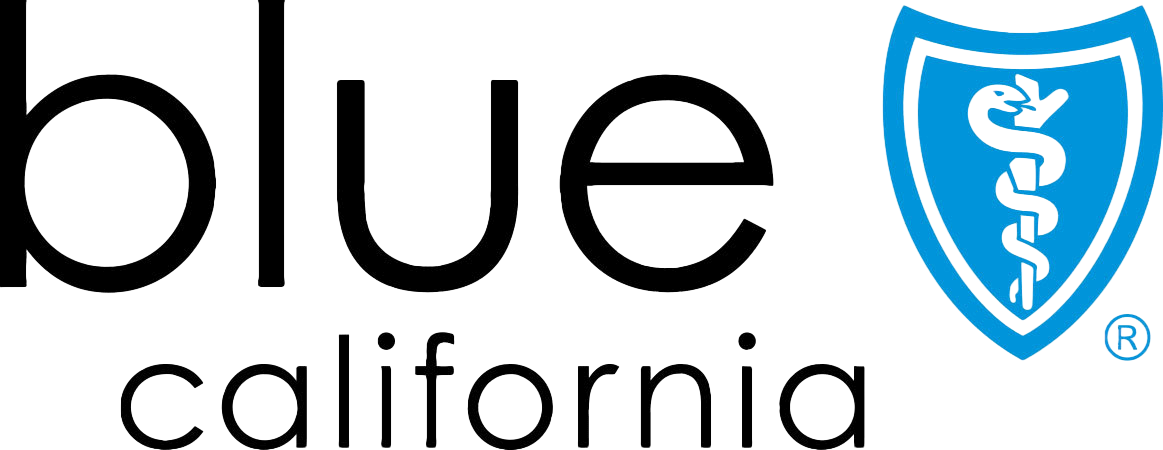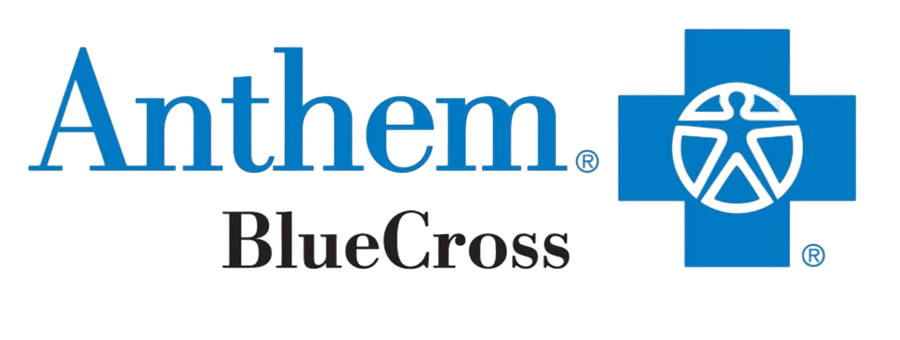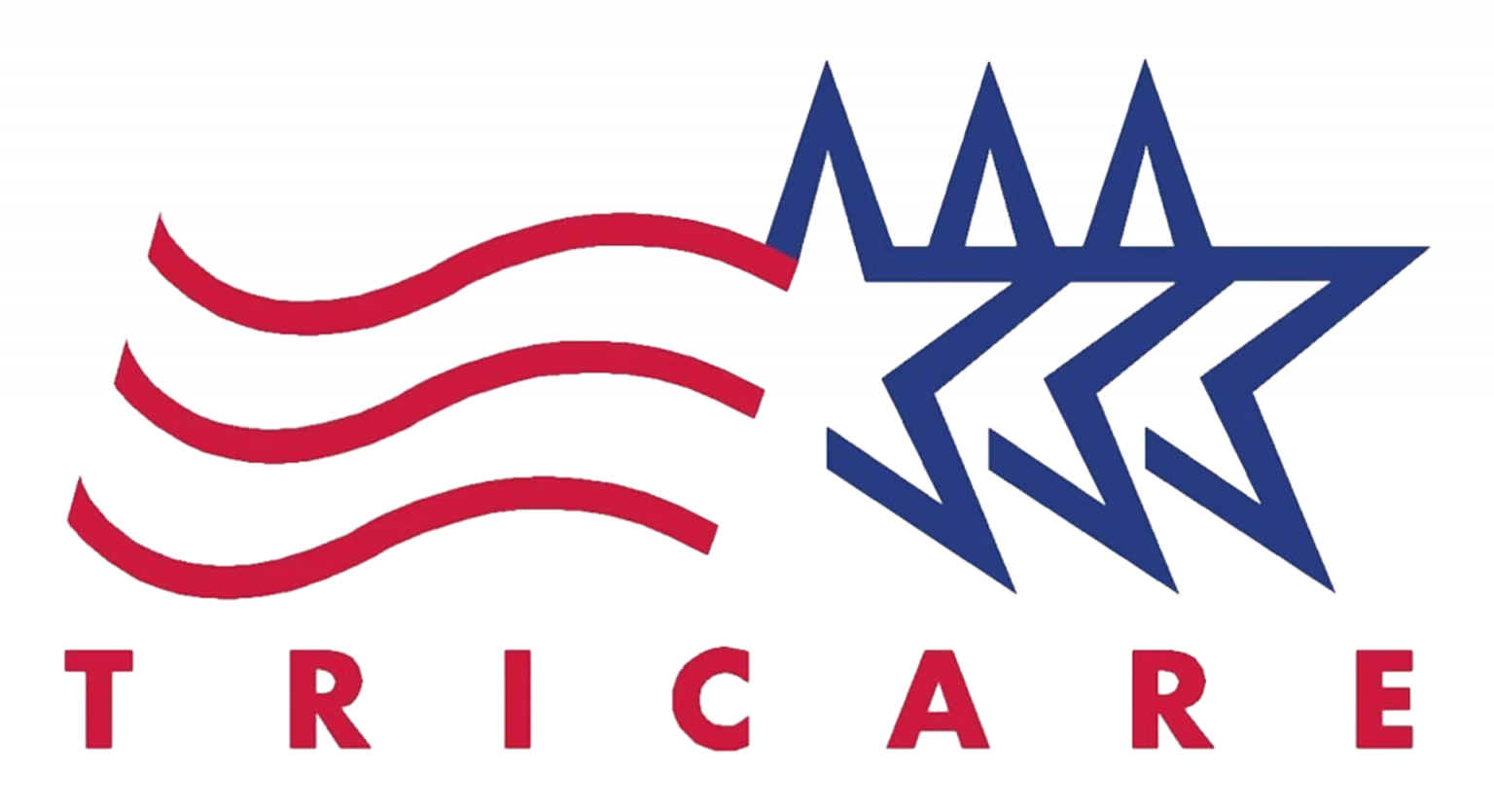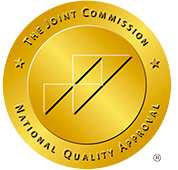What is Inattentive ADHD?
Inattentive ADHD is one of the subtypes of attention deficit hyperactivity disorder (ADHD). While it’s often associated with children, it can persist into adulthood. In adults, it may manifest differently, with different symptoms affecting various aspects of daily life.
What Are Inattentive ADHD Symptoms?
ADHD-inattentive type can appear in different symptoms in children and adults. Some common symptoms of inattention include:
- Often putting off or avoiding tasks that need a lot of thinking.
- Having trouble staying focused during meetings or getting easily distracted.
- Finding it hard to plan and organize things, leading to delays.
- Forgetting things and having trouble remembering stuff.
- Trying to do too many things at once, which makes it tough to finish tasks.
- Having trouble staying organized and focused when switching between tasks.
- Thinking slowly and sometimes not understanding things well.
- Forgetting appointments, promises, or things you need to do.
- Struggling to learn new things because of getting distracted easily.
- Having a hard time keeping a job.
- Collecting things and doing certain actions over and over to help with focusing.
- Getting tired quickly when trying to concentrate for a long time because of all the distractions.
What Factors Can Cause Inattentive ADHD?
It is not possible to blame one single factor for causing inattentive ADHD. Some of these factors include:

Genetics
The tendency of ADHD to run in families points to a genetic component. The probability of picking up ADHD is higher if a close family member already has it.
Environment
Maternal smoking, alcohol use, and exposure to substances are examples of environmental variables that can raise the risk of ADHD during pregnancy.
Brain Injury
ADHD symptoms may arise from trauma to the brain or from damage to specific brain regions.
The Structure and Chemistry of the Brain
ADHD may be caused by variations in the chemistry and structure of the brain, especially in regions linked to attention and impulse control.
Is There Any Inattentive ADHD Test to Help Diagnose It?
Healthcare providers use different inattentive adhd tests and observations, like quizzes and interviews, to diagnose inattentive ADHD. These tests help doctors understand how symptoms affect daily life and find any other issues that might affect focus and attention. It’s important to see a specialist, like a therapist or psychiatrist, for an accurate diagnosis and treatment. To diagnose inattentive ADHD, you need to have five or more symptoms of inattention for at least six months. These symptoms should make it hard to do things at home, work, or in relationships with friends. They should have started before you turned 12. They should also affect different parts of your life and not be caused by other mental health problems.
What Are Inattentive ADHD Treatment Options?
Therapy
Cognitive Behavioral Therapy (CBT) is a popular therapy for ADHD. It’s a type of talking therapy that helps people change bad thoughts and actions that make their symptoms worse. CBT teaches strategies to handle ADHD, like organizing tasks and breaking big tasks into smaller ones, and it teaches you how to stay on track.
Medication
Many medications can help treat ADHD, with stimulants being the most common. They work by increasing certain brain chemicals that aid focus and attention. Examples include methylphenidate, dextroamphetamine, and lisdexamfetamine. However, it’s important to consult with a professional psychiatrist before taking them.
Transcranial Magnetic Stimulation (TMS)
Transcranial magnetic stimulation (TMS) is a non-invasive method using magnetic fields to activate specific parts of the brain. TMS targets the prefrontal cortex, responsible for attention and impulse control, to enhance its activity. This stimulation aims to alleviate ADHD symptoms like inattention, impulsivity, and hyperactivity. TMS is generally safe and well-tolerated.
Neurofeedback
Conditions like ADHD can cause unusual activity in the brain. Neurofeedback evaluates your brain waves to detect this abnormal activity.
During subsequent sessions, the treatment helps retrain your brain to adopt healthier activity patterns. Neurofeedback therapy using the IASIS microcurrent equipment is relatively quick and painless. You simply need to sit still for a few moments while wearing the neurofeedback electrodes. The procedure identifies both positive and negative brain activity and responds with a gentle microcurrent of energy to guide your brain toward normal activity patterns.
Ketamine Therapy
Ketamine, commonly known as an anesthetic, is FDA-approved for treating depression that doesn’t respond to other treatments. Recently, it has been researched as a potential treatment for ADHD. It’s believed that it boosts levels of certain brain chemicals, like glutamate and GABA. These chemicals help regulate mood and thinking, and their imbalance might contribute to ADHD.

Specialist Psychiatrist for Inattentive ADHD in Los Angeles and Santa Monica
Our team of professional psychiatrists at Bespoke Treatment has the knowledge and equipment required in order to offer you top-notch attentional ADHD treatment in Los Angeles and Santa Monica based on your mental health condition and your unique needs. Give our psychiatrists a call to schedule an appointment and overcome inattentive ADHD. We help you take big steps towards a bright future and stable mental health with your loved ones.
(833) 646-0763
Effective ADHD Management for a Balanced Life
If you reside in Los Angeles or Santa Monica, Bespoke Treatment is the best place for you to start your ADHD treatment journey. Contact us now to choose the best ADHD treatment option.
Get Started













